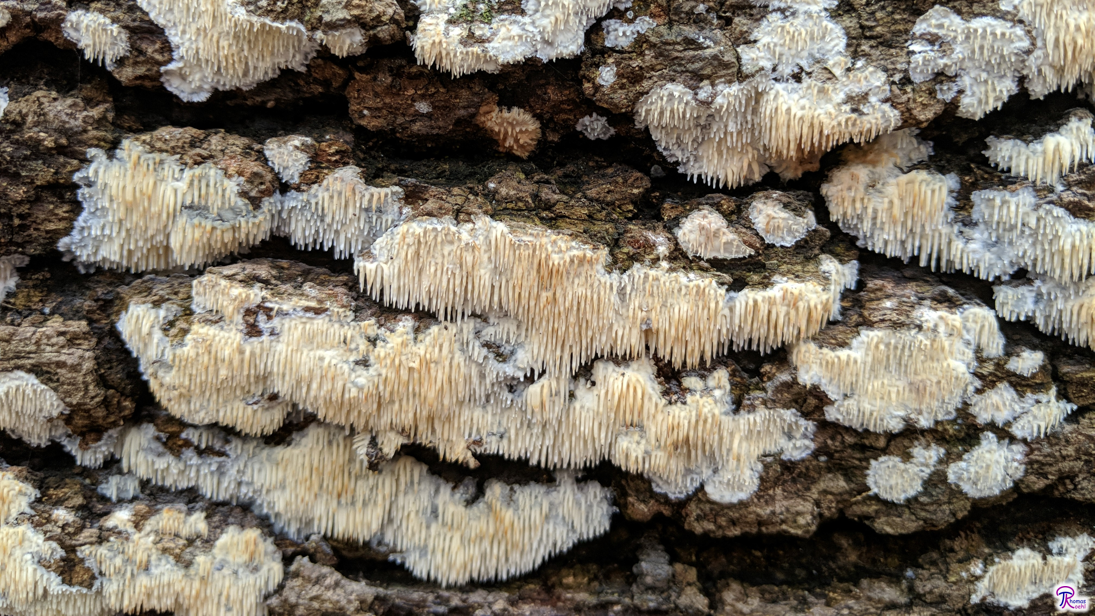#225: Radulodon copelandii, The Asian Beauty
Have you seen Radulodon copelandii? If you live in the Boston, New York, Pittsburg, or Washington DC areas, you probably have. If you live elsewhere on the East Coast of North America, get ready to. R. copelandii is a distinctive fungus that produces a mat of whitish teeth along the surface of recently dead broadleaf trees, usually oaks. The mushroom recently arrived on the continent from Asia, which gives the mushroom its common name, “Asian Beauty.” The Japanese names for the mushroom are “Sagari haritaki” and “hanging needle mushroom.” R. copelandii is currently spreading in eastern North America and is quickly becoming one of the most common mushrooms within its range. This is concerning, so the species warrants further study and monitoring – hopefully by people like you!








![#011: Characteristics of Kingdom Fungi [Archived]](https://www.fungusfactfriday.com/wp-content/themes/hueman/assets/front/img/thumb-small-empty.png)
